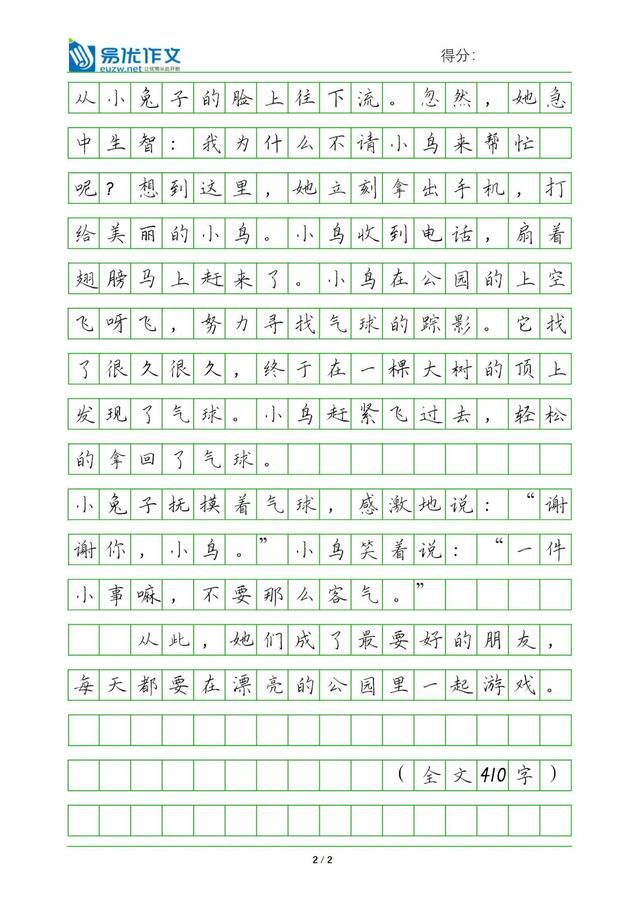长城英语作文("长城英语作文")
The Great Wall of China, an awe-inspiring structure that has spanned across the rugged terrains of northern China for centuries, is one of the most remarkable achievements in human history. As an iconic symbol of Chinese civilization, the Great Wall not only serves as a historical relic but also embodies a rich tapestry of cultural heritage, strategic military significance, and the indomitable spirit of the Chinese people. This essay delves into the multifaceted nature of the Great Wall, exploring its construction, historical importance, and enduring legacy.

In the initial stages, the Great Wall began as a series of smaller fortification walls constructed by various states during the Warring States period (475–221 BC) to protect their territories from invasions by nomadic groups such as the Xiongnu. It was Emperor Qin Shi Huang, who united these separate walls under his reign from 221 BC onwards, thereby laying down the first unified wall along China’s northern border. However, it was under subsequent dynasties—notably the Han, Sui, and Ming—that the Great Wall saw significant expansion and enhancement, transforming it into the monumental structure we recognize today.
Construction of the Great Wall was a Herculean task, involving millions of laborers, soldiers, and civilians who worked under harsh conditions. Materials used included earth, wood, bricks, and later stones depending on local availability. Workers faced immense challenges such as extreme weather, steep mountainous terrain, and scarce resources. Nevertheless, through sheer determination and innovative engineering techniques, they were able to build this colossal edifice stretching over 13,000 miles.
Historically, the primary purpose of the Great Wall was defense against invasions and raids by nomadic tribes. Its strategic location served as a formidable barrier, allowing the Chinese armies to detect enemy movements from afar and launch timely counterattacks. Moreover, the Wall facilitated communication between different sections of the empire, enabling rapid dispatch of reinforcements and supplies when needed most.
Aside from its military utility, the Great Wall also played a crucial role in trade and cultural exchange. The Silk Road, which connected China to the Mediterranean world, often ran parallel or near the Wall, fostering economic interactions and facilitating the spread of ideas and goods across continents. Furthermore, the Wall itself became a site for cultural expression, with inscriptions, carvings, and murals depicting daily life, religious beliefs, and historical events that offer valuable insights into ancient Chinese society.
In modern times, the Great Wall has transitioned from a functional fortification to a global symbol of perseverance and ingenuity. It attracts millions of visitors annually from around the globe who marvel at its grandeur and learn about its storied past. Efforts are continually being made to preserve this UNESCO World Heritage Site, ensuring that future generations can continue to appreciate its historical significance and architectural prowess.

To encapsulate, the Great Wall stands as a testament to human capability, showcasing not only the architectural marvels achieved but also the resilience and collective effort required to surmount daunting challenges. It represents more than just stone and mortar; it is a beacon of cultural identity and historical continuity, reminding us of the enduring legacy of those who built it and the stories it has silently narrated for millennia. Through its winding path across China's landscape, it continues to inspire awe and admiration, inviting us to reflect on our shared heritage and the timeless pursuit of progress.




